On April 9th, 1940, Hitler unleashed his military machine on Norway, breaking that country's neutrality and overwhelming the unprepared defenders at cities including Oslo, Kristiansand, Stavangar and Bergen. But the biggest threat to the plan was not the Norwegians. It was the British, and most of the Royal Navy's ships in home waters were in the North and Norwegian seas when the attack was launched. The bulk of Home Fleet had sailed on the 7th and as information about the attack trickled in, it was steaming in the gap between the Orkney Islands and Norway, well-placed to respond. Further north, a force led by the battlecruiser Renown had been tasked with covering minelaying operations on the 8th, and while they had missed the Germans headed for Narvik under cover of a storm, they would be the first to see action.
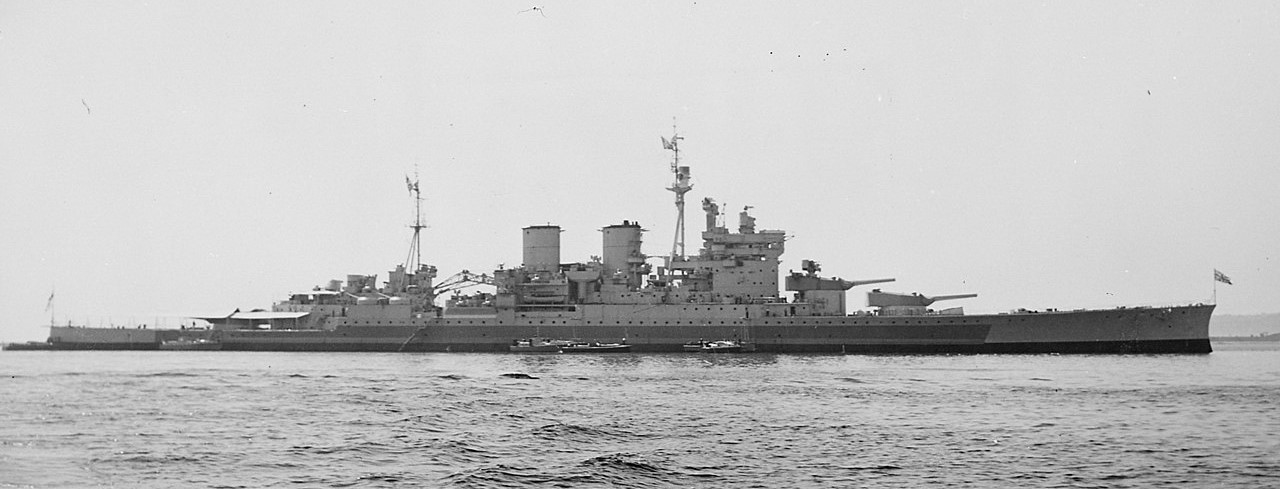
Renown
The destroyers headed for Narvik had been covered by battleships Scharnhorst and Gneisenau, who had headed out into the Norwegian Sea, straight into the teeth of a major storm. Both ships took a pounding, with Scharnhorst having to shut down one shaft temporarily after a broken ventilator let water contaminate several fuel tanks. The British fared slightly better, although conditions aboard the nine destroyers escorting Renown were as bad as anything the old hands could remember, and as the storm began to calm at daybreak, they turned southeast, back towards the entrance to Narvik. The Germans were ahead of them, on the opposite course, and Renown sighted the first of them at 0337, ten miles to the east and silhouetted against the dawn sky. Admiral William Whitworth, commanding the British force, ordered Renown to match course with the German ships, as his position gave him a major tactical advantage. Read more...

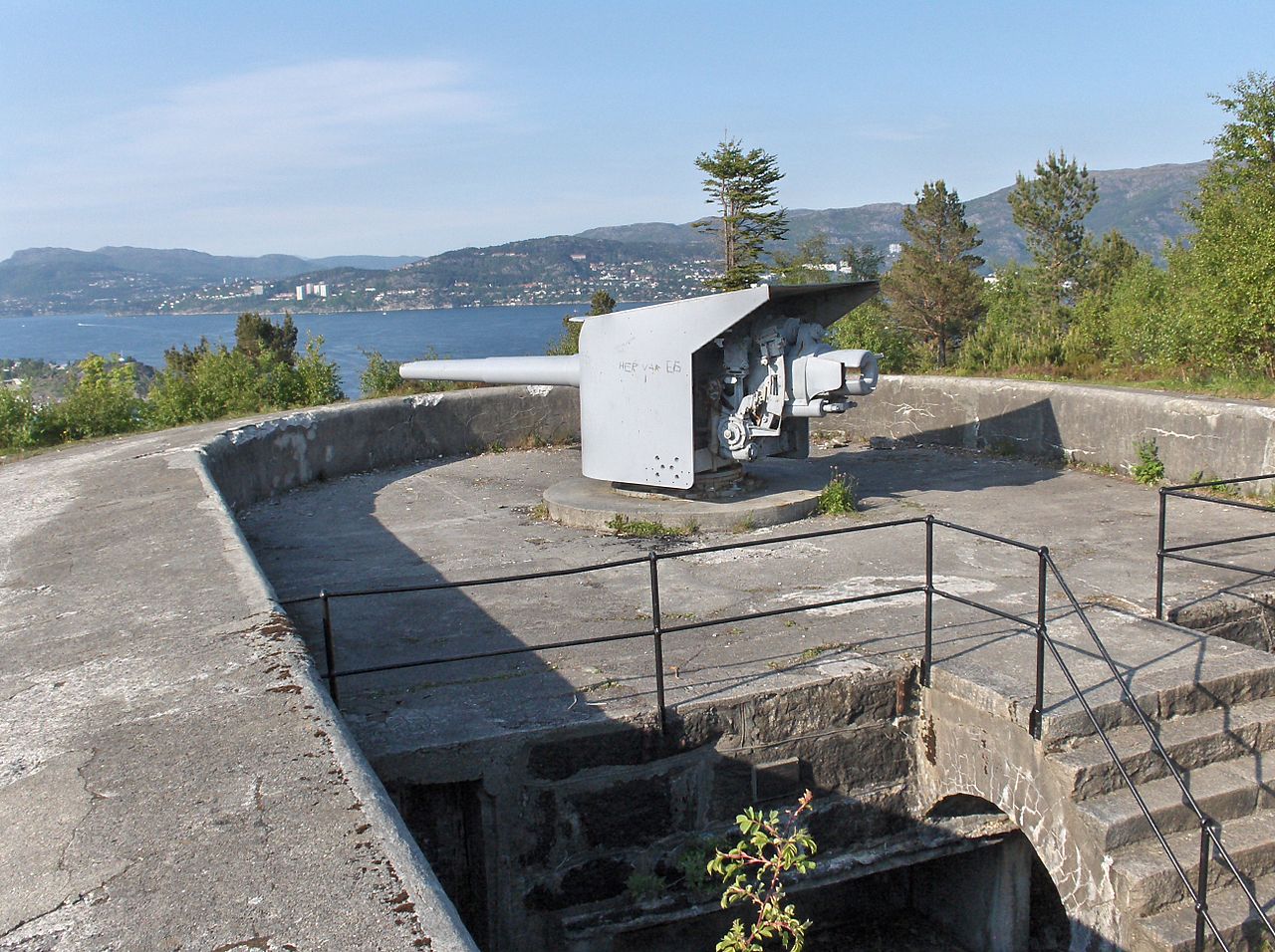
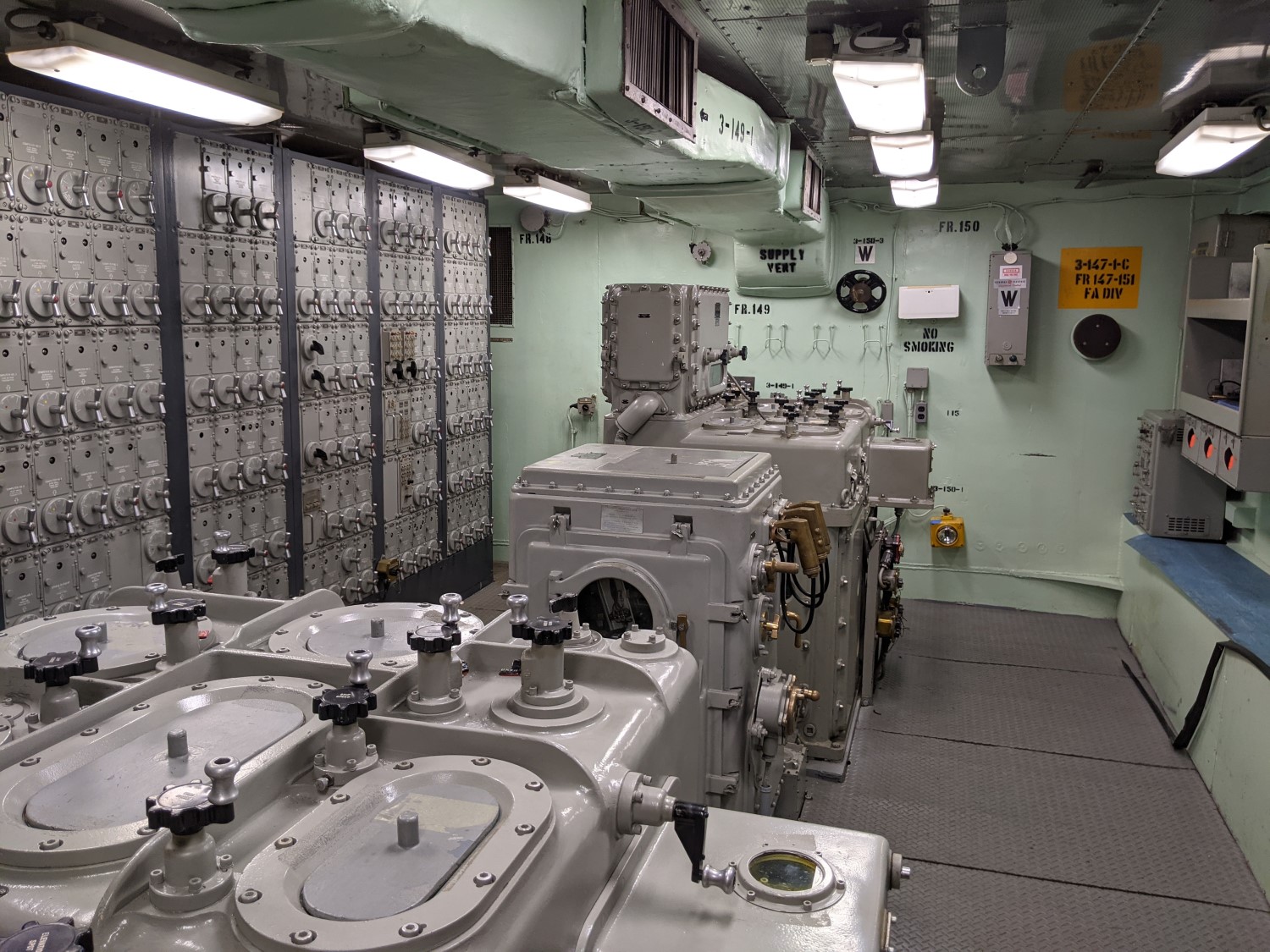
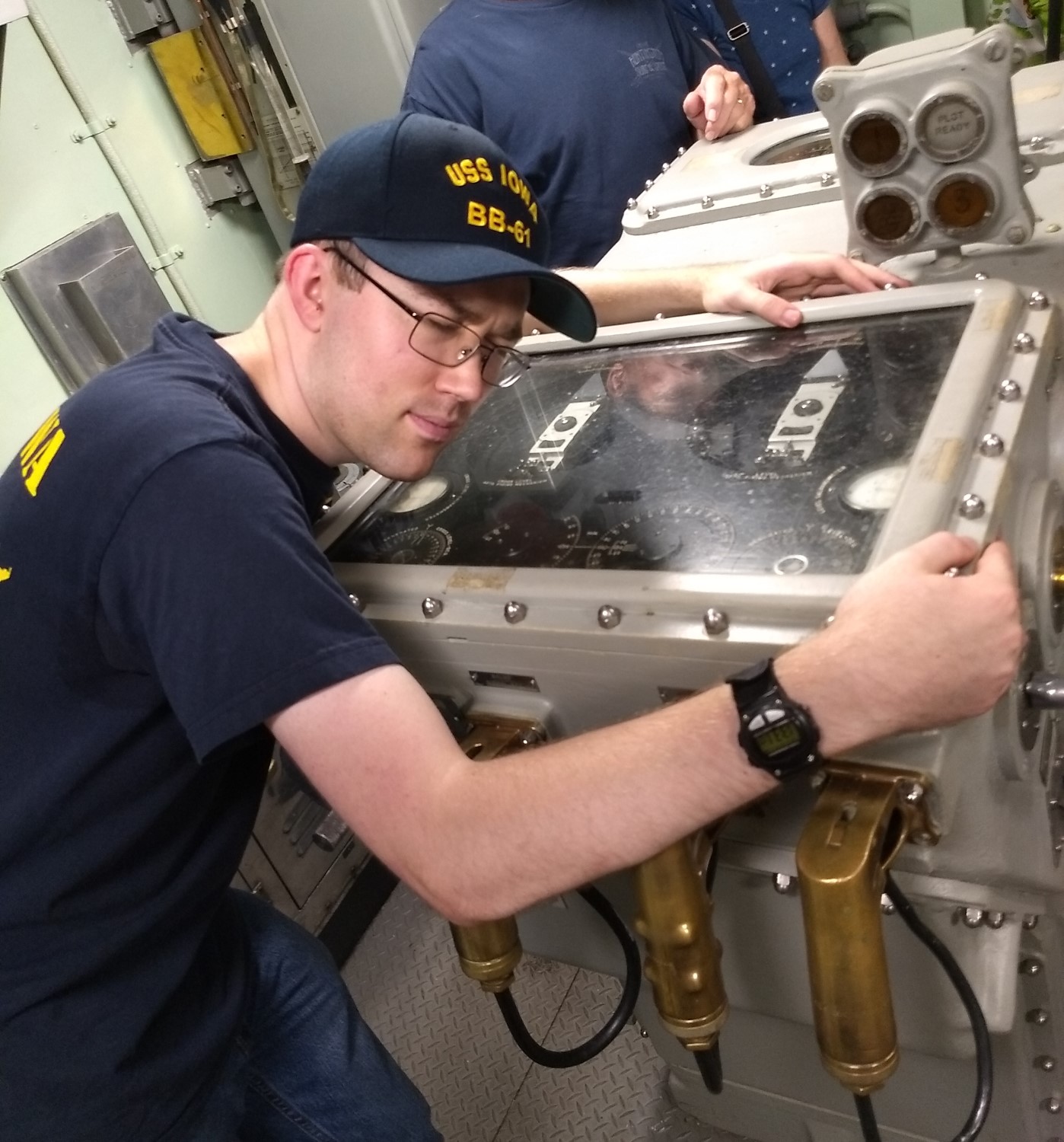
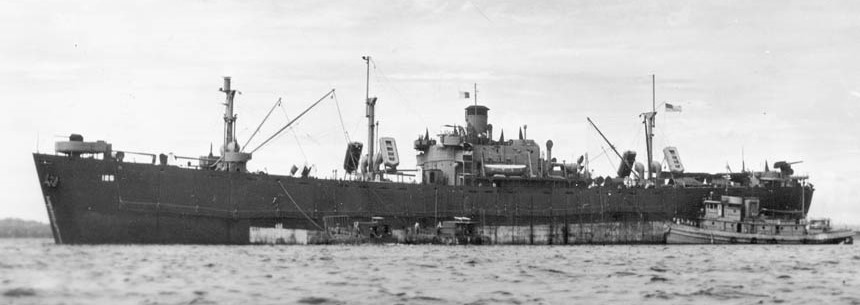
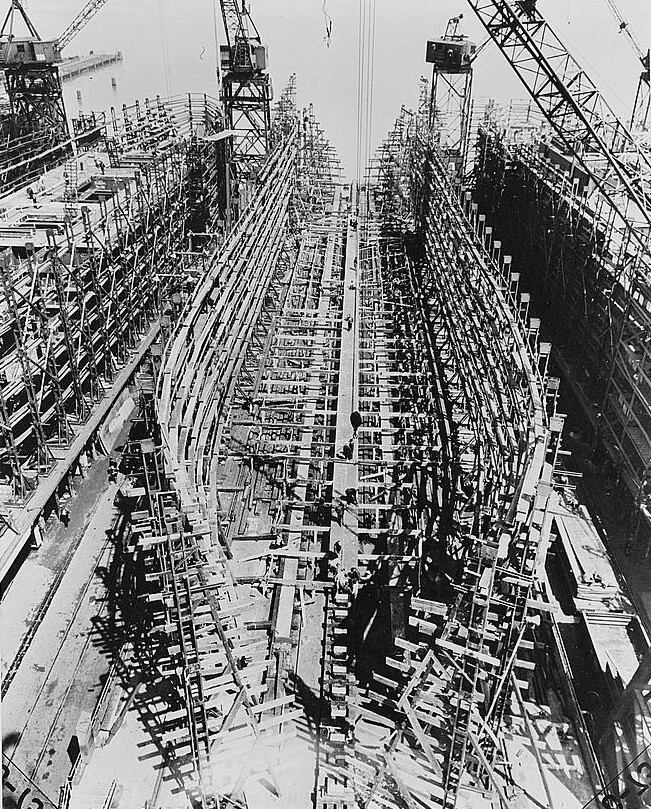

Recent Comments